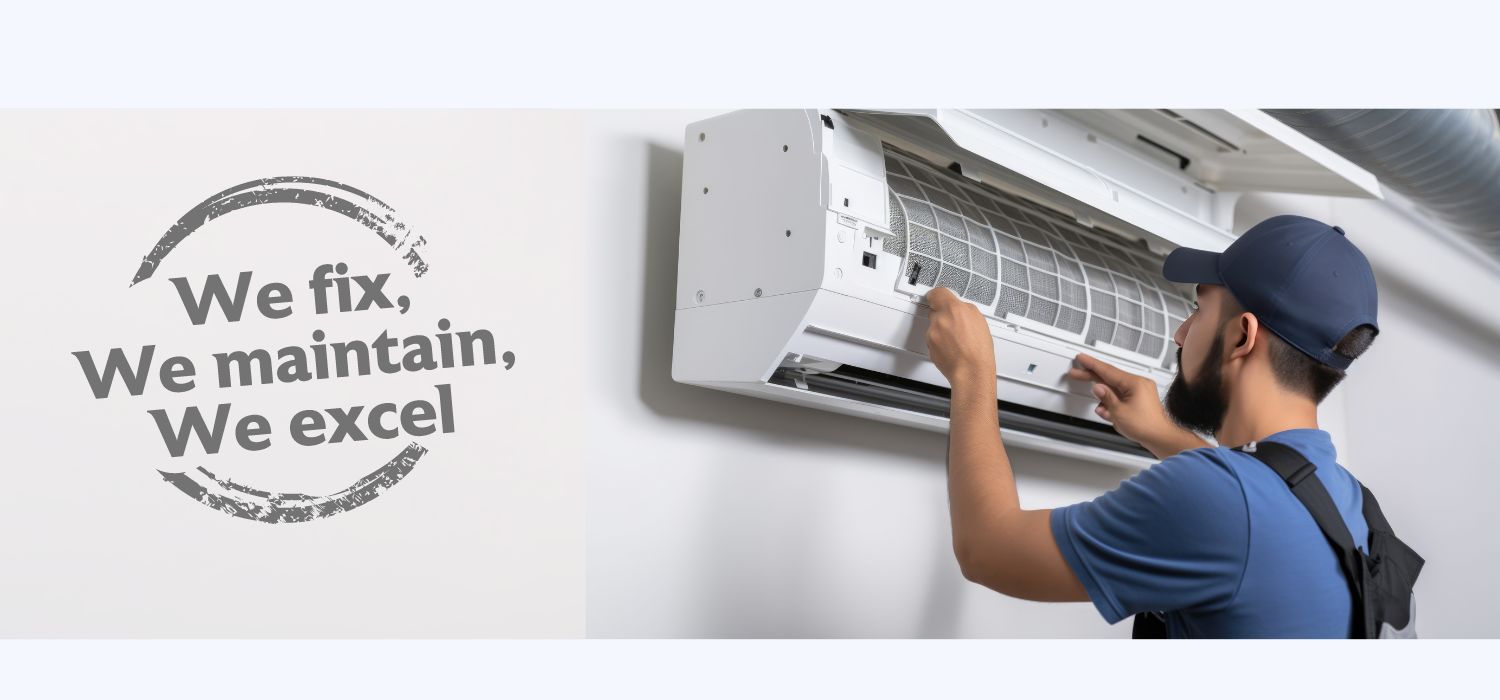
Home maintenance is important for preserving the value and functionality of your property. Regular upkeep prevents small issues from becoming major problems and ensures a safe, comfortable living environment. Here’s a step-by-step guide from the home maintenance company in Dubai to help you tackle essential home maintenance tasks effectively.
Develop a maintenance schedule:
Step 1: Create a list of tasks: Begin by listing all the maintenance tasks required for your home. This includes seasonal tasks, monthly checks, and annual inspections. Common tasks include cleaning gutters, servicing HVAC systems, and inspecting plumbing.
Step 2: Schedule tasks: Organize these tasks by frequency—monthly, quarterly, bi-annually, and annually. Create a calendar or use a home maintenance app to set reminders for each task, ensuring you stay on top of your responsibilities.
Inspect and clean the exterior:
Step 1: Check the roof: Inspect your roof for damaged or missing shingles, leaks, or debris. Use binoculars for a preliminary check or hire a professional if you’re uncomfortable climbing onto the roof. Address any issues quickly to prevent water damage.
Step 2: Clean gutters and downspouts: Remove leaves and debris from gutters and downspouts to ensure proper drainage. Clogged gutters can cause water damage to your home’s foundation and roof. Use a ladder and gloves for safety, and consider installing gutter guards to reduce future blockages.
Step 3: Maintain landscaping: Trim trees and bushes away from your home to prevent damage and improve aesthetics. Ensure that your garden is well-watered but not over-saturated to avoid issues with root rot.
Maintain HVAC systems:
Step 1: Replace air filters: Replace HVAC filters every 1-3 months, depending on usage and filter type. Clean filters ensure better air quality and improve system efficiency.
Step 2: Schedule professional service: Have your HVAC system serviced by a professional annually. This check-up includes cleaning coils, checking refrigerant levels, and inspecting ductwork to ensure the system operates smoothly.
Check plumbing and electrical systems:
Step 1: Inspect plumbing: Look for signs of leaks, such as water stains or damp spots on walls and floors. Check under sinks and around toilets for leaks. Test water pressure and flush out sediment from water heaters if needed.
Step 2: Test electrical outlets: Use a voltage tester to ensure that outlets are working correctly. Check for any signs of frayed wiring or overloaded circuits. If you notice any issues, consult a licensed electrician.




